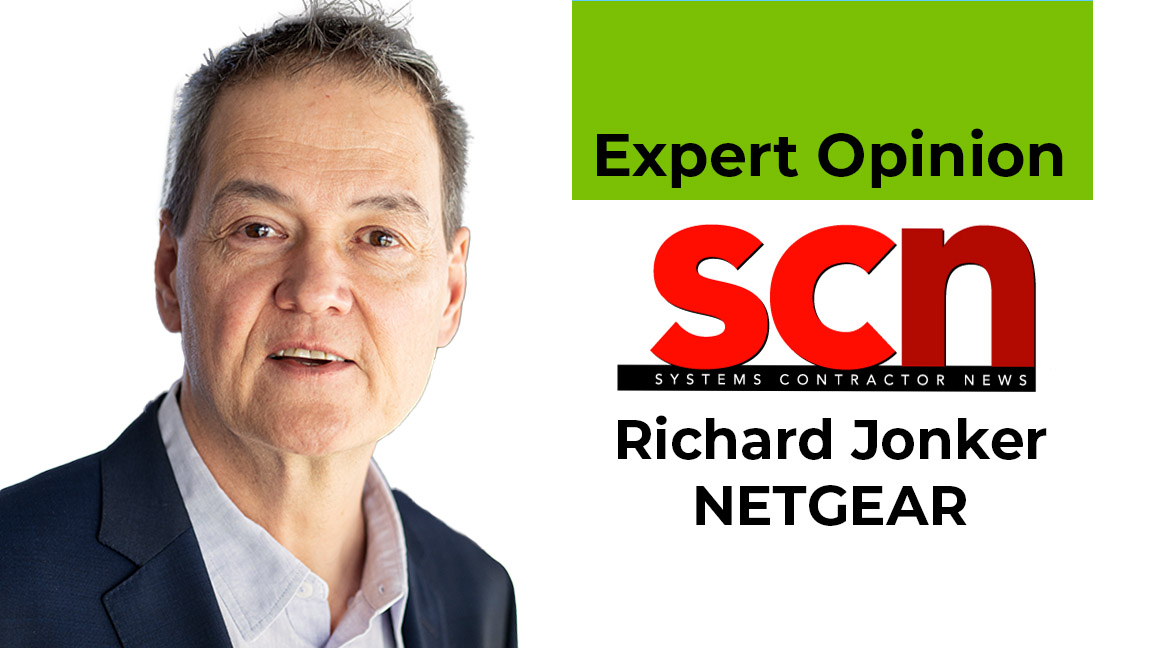On Next-Gen Audio: 15 Thought Leaders
AV/IT industry thought leaders share their perspectives, technology suggestions, best practices, and sound advice for ensuring intelligibility in meeting spaces and classrooms.

At the risk of sounding like a broken record, AV/IT technology managers, directors, and other decision-makers must install new or upgraded audio solutions in any space that isn’t optimized for speech intelligibility—on the near and far side.
Louder is no longer good enough when microphone and speaker technologies have advanced so that participants in the back of the room can hear as clearly as those in the front of the room. And, in today’s hybrid world, it’s imperative for participants at the far end of video conference and collaboration sessions to hear and be heard by every person in a meeting space.
I’m going to take this moment to send a plea to all decision-makers with remote workers to please provide them with audio and video solutions to use with their laptops befitting our industry. With few exceptions (and I can’t think of one), microphones, speakers, and cameras built into laptops are not good enough. You can do better, and the solutions are available.
“You’re on mute” should be the only reason a participant can’t be heard.
AV/IT Thought Leaders On Next-Gen Audio
We asked AV/IT industry thought leaders to share their perspectives, technology suggestions, best practices, and some sound advice for ensuring intelligibility in meeting spaces and classrooms. Below are some snapshots, and check out the sidebar for full interviews.
David Missall, insights manager, Business Communication at Sennheiser said, “When it comes to AV or IT integration in any collaborative meeting space, audio should be the first concern. Getting the “first mile” right is key; by choosing the right audio technology in your meeting space, participants can be heard clearly.”
Poor room acoustics can create a challenge for even the best audio systems. Alan Jacobson, Solutions Engineer at Legrand | AV said, “Modern office environments can be acoustically challenging due to excessively reflective surfaces. To mitigate this, consider microphone arrays or ceiling microphones with a built-in digital signal processor and echo cancellation for minimizing ambient noise and reverberation.”
A daily selection of features, industry news, and analysis for AV/IT professionals. Sign up below.
Pete Herr, director of Global Systems Marketing at Shure, added, “When hybrid work fails to lead to successful collaboration and meetings, employees are left to handle the consequences: frustration, impacted productivity, hindered business operations, et cetera. Forthcoming research from Shure explores this topic. We found that an unproductive hybrid working environment leads to increased cognitive load for employees; has significant business implications; and increases stress, leading to a lack of productivity.”
Artificial intelligence is beginning to have an impact on our industry. “We’ve undoubtedly entered the age of AI in AV, where digital signal processing combined with microphone technology like human voice activity tracking (HVAD), automatic room EQ, dereverberation, and adaptive echo canceling significantly make up for the lack of acoustical treatments and open and reflective architecture,” said Balazs Boldog, field sales engineer at Yamaha Unified Communications.

Cindy Davis is the brand and content director of AV Technology (AVT). She was a critical member of the AVT editorial team when the title won the “Best Media Brand” laurel in the 2018 SIIA Jesse H. Neal Awards. Davis moderates several monthly AV/IT roundtables and enjoys facilitating and engaging in deeper conversations about the complex topics shaping the ever-evolving AV/IT industry. She explores the ethos of collaboration, hybrid workplaces, experiential spaces, and artificial intelligence to share with readers. Previously, she developed the TechDecisions brand of content sites for EH Publishing, named one of the “10 Great Business Media Websites” by B2B Media Business magazine. For more than 25 years, Davis has developed and delivered multiplatform content for AV/IT B2B and consumer electronics B2C publications, associations, and companies. A lifelong New Englander, Davis makes time for coastal hikes with her husband, Gary, and their Vizsla rescue, Dixie, sailing on one of Gloucester’s great schooners and sampling local IPAs. Connect with her on LinkedIn.
